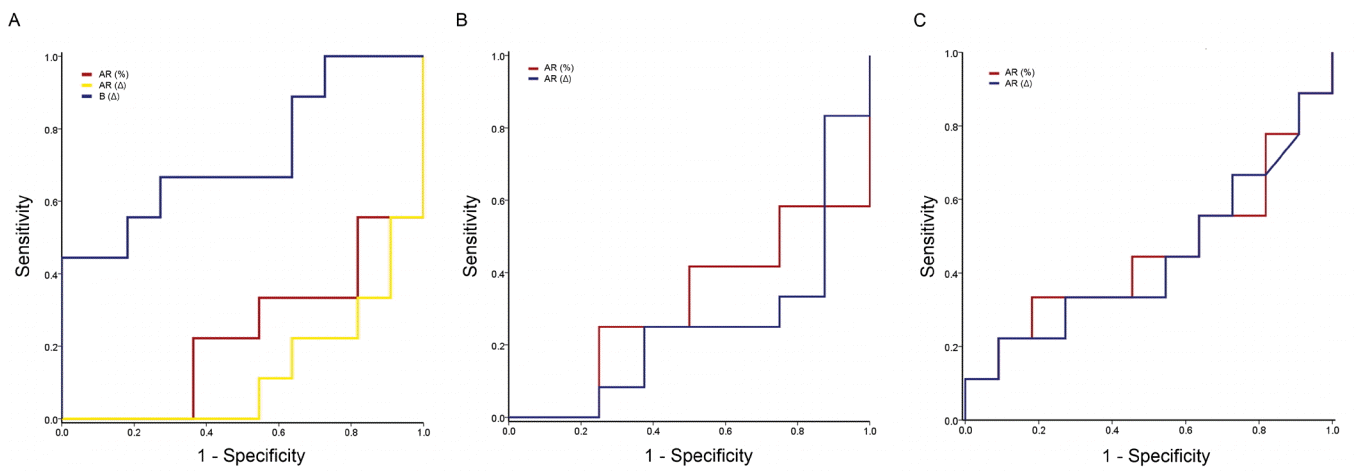1. Robinson JA, Buhr MM. Impact of genetic selection on management of boar replacement. Theriogenology 2005; 63:668–78.


2. Budworth PR, Amann RP, Chapman PL. Relationships between computerized measurements of motion of frozen-thawed bull spermatozoa and fertility. J Androl 1988; 9:41–54.


3. Bonde JP, Ernst E, Jensen TK, et al. Relation between semen quality and fertility: a population-based study of 430 first-pregnancy planners. Lancet 1998; 352:1172–7.


4. Oh SA, You YA, Park YJ, Pang MG. The sperm penetration assay predicts the litter size in pigs. Int J Androl 2010; 33:604–12.


5. Oh SA, Park YJ, You YA, Mohamed EA, Pang MG. Capacitation status of stored boar spermatozoa is related to litter size of sows. Anim Reprod Sci 2010; 121:131–8.


6. Milardi D, Grande G, Vincenzoni F, Castagnola M, Marana R. Proteomics of human seminal plasma: identification of biomarker candidates for fertility and infertility and the evolution of technology. Mol Reprod Dev 2013; 80:350–7.


7. Lewis SE. Is sperm evaluation useful in predicting human fertility? Reproduction 2007; 134:31–40.


8. Park YJ, Kwon WS, Oh SA, Pang MG. Fertility-related proteomic profiling bull spermatozoa separated by percoll. J Proteome Res 2012; 11:4162–8.


12. Gillan L, Evans G, Maxwell WM. Flow cytometric evaluation of sperm parameters in relation to fertility potential. Theriogenology 2005; 63:445–57.


13. Kwon WS, Rahman MS, Lee JS, You YA, Pang MG. Improving litter size by boar spermatozoa: application of combined H33258/CTC staining in field trial with artificial insemination. Andrology 2015; 3:552–7.


14. Almond G, Britt J, Flowers B, et al. The awine A.I. book. Raleigh, NC, USA: Morgan Morrow Press; 1998.
16. de Mateo S, Martínez-Heredia J, Estanyol JM, et al. Marked correlations in protein expression identified by proteomic analysis of human spermatozoa. Proteomics 2007; 7:4264–77.


17. Secciani F, Bianchi L, Ermini L, et al. Protein profile of capacitated versus ejaculated human sperm. J Proteome Res 2009; 8:3377–89.


18. Chang MC. Fertilizing capacity of spermatozoa deposited into the fallopian tubes. Nature 1951; 168:697–8.

19. Austin CR. Observations on the penetration of the sperm in the mammalian egg. Aust J Sci Res B 1995; 4:581–96.

20. Suarez SS, Dai X. Hyperactivation enhances mouse sperm capacity for penetrating viscoelastic media. Biol Reprod 1992; 46:686–91.


21. Suarez SS. Control of hyperactivation in sperm. Hum Reprod Update 2008; 14:647–57.


22. Visconti PE. Understanding the molecular basis of sperm capacitation through kinase design. Proc Natl Acad Sci USA 2009; 6:667–8.

23. Rahman MS, Kwon WS, Pang MG. Calcium influx and male fertility in the context of the sperm proteome: an update. Biomed Res Int 2014; 2014:Article ID 841615

24. Kwon WS, Park YJ, Kim YH, et al. Vasopressin effectively suppresses male fertility. PLoS ONE 2013; 8:e5419

25. Kwon WS, Park YJ, Mohamed el-SA, Pang MG. Voltage-dependent anion channels are a key factor of male fertility. Fertil Steril 2013; 99:354–61.


26. Naz RK. Involvement of protein tyrosine phosphorylation of human sperm in capacitation/acrosome reaction and zona pellucida binding. Front Biosci 1996; 1:206–13.

27. Fraser LR. Sperm capacitation and the acrosome reaction. Hum Reprod 1998; 13:9–19.

28. Breitbart H, Cohen G, Rubinstein S. Role of actin cytoskeleton in mammalian sperm capacitation and the acrosome reaction. Reproduction 2005; 129:263–8.


29. Fraser LR, Quinn PJ. A glycolytic product is obligatory for initiation of the sperm acrosome reaction and whiplash motility required for fertilization in the mouse. J Reprod Fertil 1981; 61:25–35.


30. Zaneveld LJ, De Jonge CJ, Anderson RA, Mack SR. Human sperm capacitation and the acrosome reaction. Hum Reprod 1991; 6:1265–74.


32. Breitbart H. Signaling pathways in sperm capacitation and acrosome reaction. Cell Mol Biol 2003; 49:321–7.

33. Marquez B, Suarez SS. Soluble adenylyl cyclase is required for activation of sperm but does not have a direct effect on hyperactivation. Reprod Fertil Dev 2008; 20:247–52.







